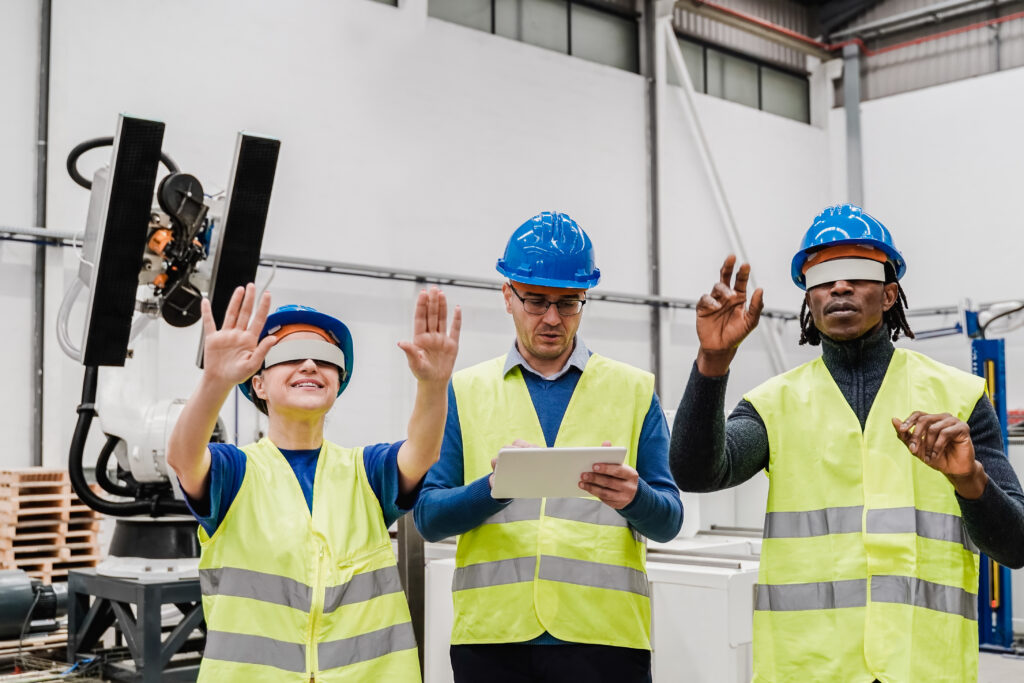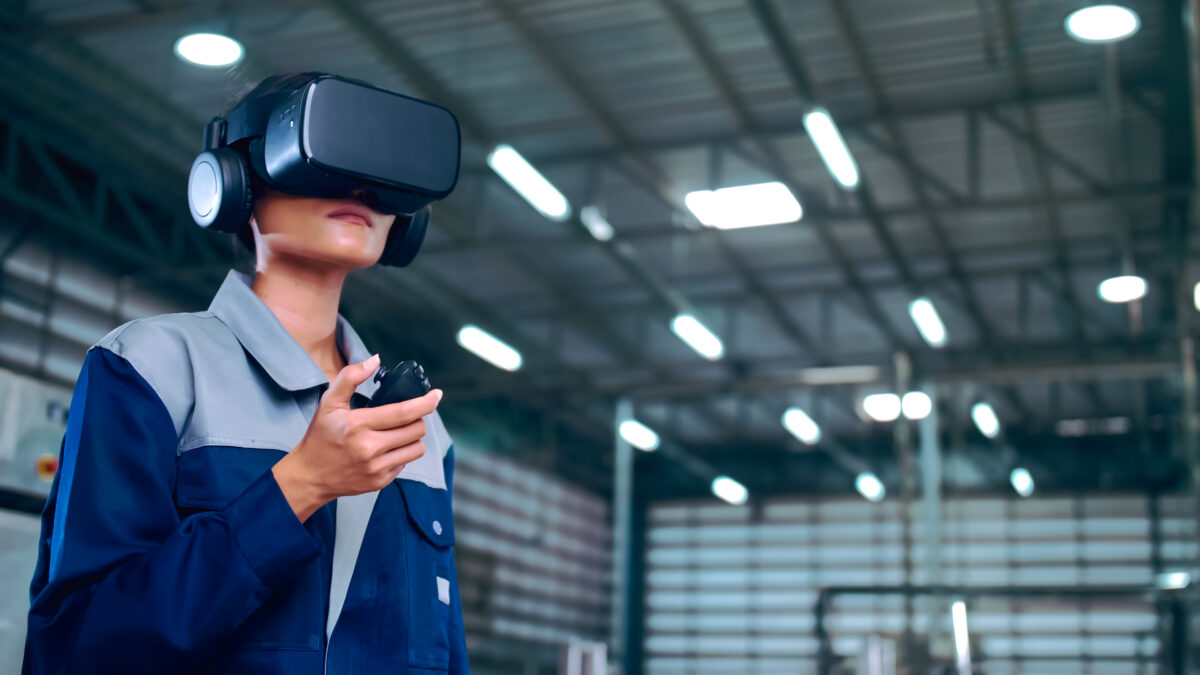As the Energy sector continues to evolve, so does the need for innovative training methods. One such method that is gaining traction is Virtual reality (VR) training. This technology is being leveraged by companies like FAT FINGER to empower front-line teams to perform their work correctly every time. FAT FINGER’s digital workflow procedure builder allows for the creation of checklists, workflows, and digital procedures that unlock operational excellence.
The Need for VR Training in the Energy Sector
The Energy sector is fraught with potential hazards. From oil rigs to nuclear power plants, workers are often exposed to dangerous situations. Traditional training methods can only go so far in preparing employees for these risks. This is where VR training comes in.
Virtual Reality (VR) training allows employees to simulate challenging and potentially hazardous situations in a controlled environment. This method of training can help to reduce the risk of accidents and injuries by providing a detailed and immersive experience that can be perfectly tailored to the needs of each individual worker.
In the oil and gas industry, for instance, workers are often required to operate in extreme conditions such as high temperatures, high pressures, and potentially explosive environments. Accidents in these conditions can lead to severe injuries or even loss of life. VR training can simulate these conditions, allowing workers to practice their responses to various scenarios and improve their skills without the risk of actual harm.

At nuclear power plants, the risks are even greater. Exposure to radiation can have long term health effects, and accidents can have catastrophic consequences. VR training can provide employees with realistic simulations of various scenarios, such as a reactor meltdown or a radiation leak. It can help them understand the procedures and precautions that need to be followed in such situations, and practice their responses until they become second nature.
In addition to safety training, VR can also be used for skills training. For example, it can simulate the operation of complex machinery or equipment, allowing workers to gain familiarity with the controls and operation before they handle the real thing. This can significantly shorten the learning curve and improve efficiency.
VR training also has benefits for the companies. It can reduce the costs associated with traditional training methods, such as the need for physical facilities and equipment. It can also provide detailed analytics and feedback, allowing companies to assess the effectiveness of the training and identify areas where further training may be needed.
In conclusion, VR training offers a revolutionary approach to employee training in the energy sector. It can simulate dangerous situations in a safe and controlled environment, provide immersive and tailored training experiences, and offer valuable analytics for companies. With its potential to improve safety and efficiency, VR training is set to transform the way training is conducted in the energy sector.
Benefits of VR Training

VR training offers a host of benefits that traditional training methods simply cannot match. These include:
- Safe Environment: VR training allows workers to practice in a simulated environment that mimics real-world conditions without the associated risks.
- Realistic Scenarios: VR can replicate a wide range of scenarios, from routine tasks to emergency situations, providing comprehensive training.
- Improved Retention: Studies show that VR training improves knowledge retention rates by up to 75%, compared to traditional methods.
- Cost-Effective: While the initial investment may be higher, VR training can lead to significant savings in the long run by reducing the need for physical resources and minimizing accidents.
Case Study: VR Training in Action
One example of VR training in the Energy sector is the use of this technology by a leading oil and gas company. The company used VR to train its employees on safety procedures and emergency response. The result was a significant reduction in accidents and improved employee confidence in handling hazardous situations.
FAT FINGER and VR Training

FAT FINGER is at the forefront of this technological revolution. With features like a drag & drop workflow builder, mobile & desktop workflows, dashboards, integrations, augmented reality, IoT device connectivity, and artificial intelligence coaching, FAT FINGER is transforming the way Energy sector companies train their employees.
With FAT FINGER, you can create digital workflows and checklists across various safety, maintenance, and operations areas. These include:
- Safety: Take 5 Safety, Near miss reporting, JSA / JHA, Risk Assessment, Incident reporting, Journey report
- Operations: Material Inspection, Quality Control, Shift Handover, Facility inspection / Production rounds, Line Changeover, Field ticket
- Maintenance: Work Order Checklist, Truck inspection checks, Mobile Asset Inspection, Shutdown / Turnaround form, Preventive maintenance inspection, Predictive Maintenance
Conclusion
Virtual reality training is a game-changer for hazardous Energy sector jobs. It provides a safe, realistic, and cost-effective solution for training employees. Companies like FAT FINGER are leading the way in leveraging this technology to empower their teams and unlock operational excellence.
Are you ready to take your training to the next level? Sign up for FAT FINGER or request a demo today to see how VR training can revolutionize your operations.


